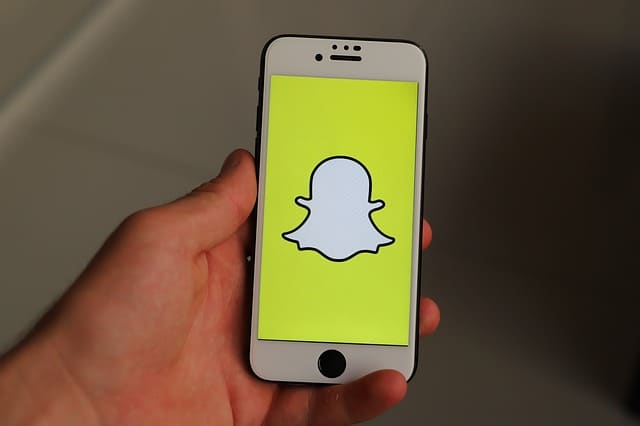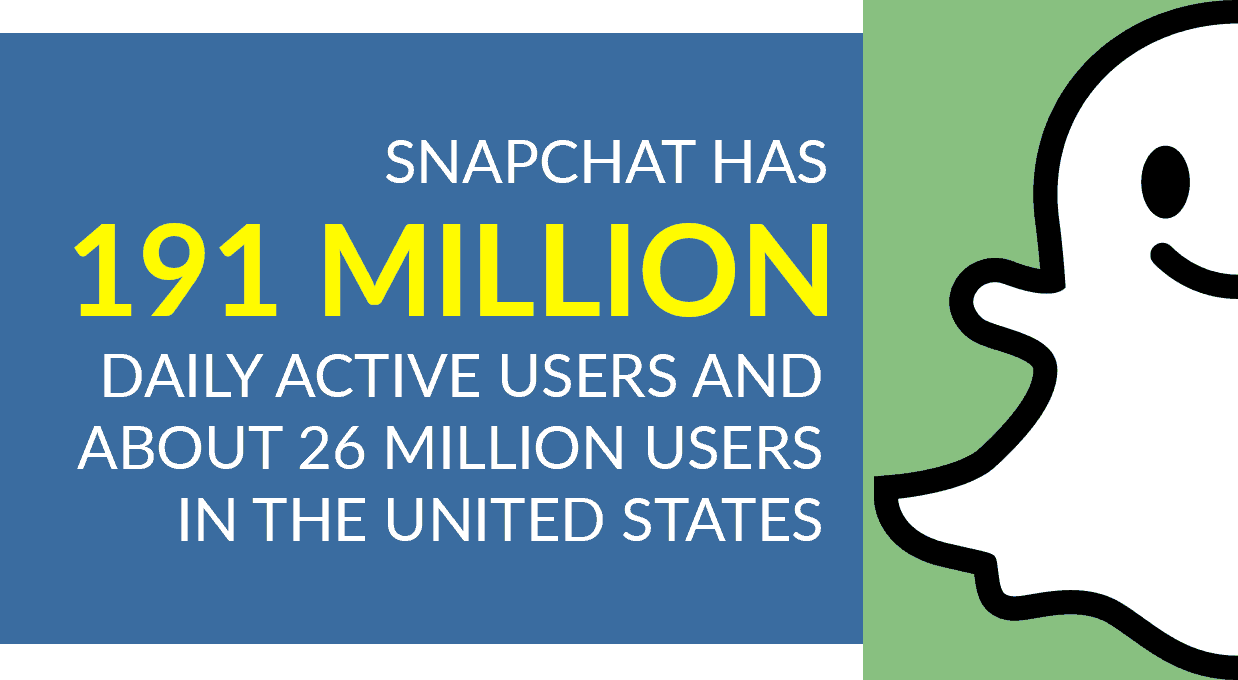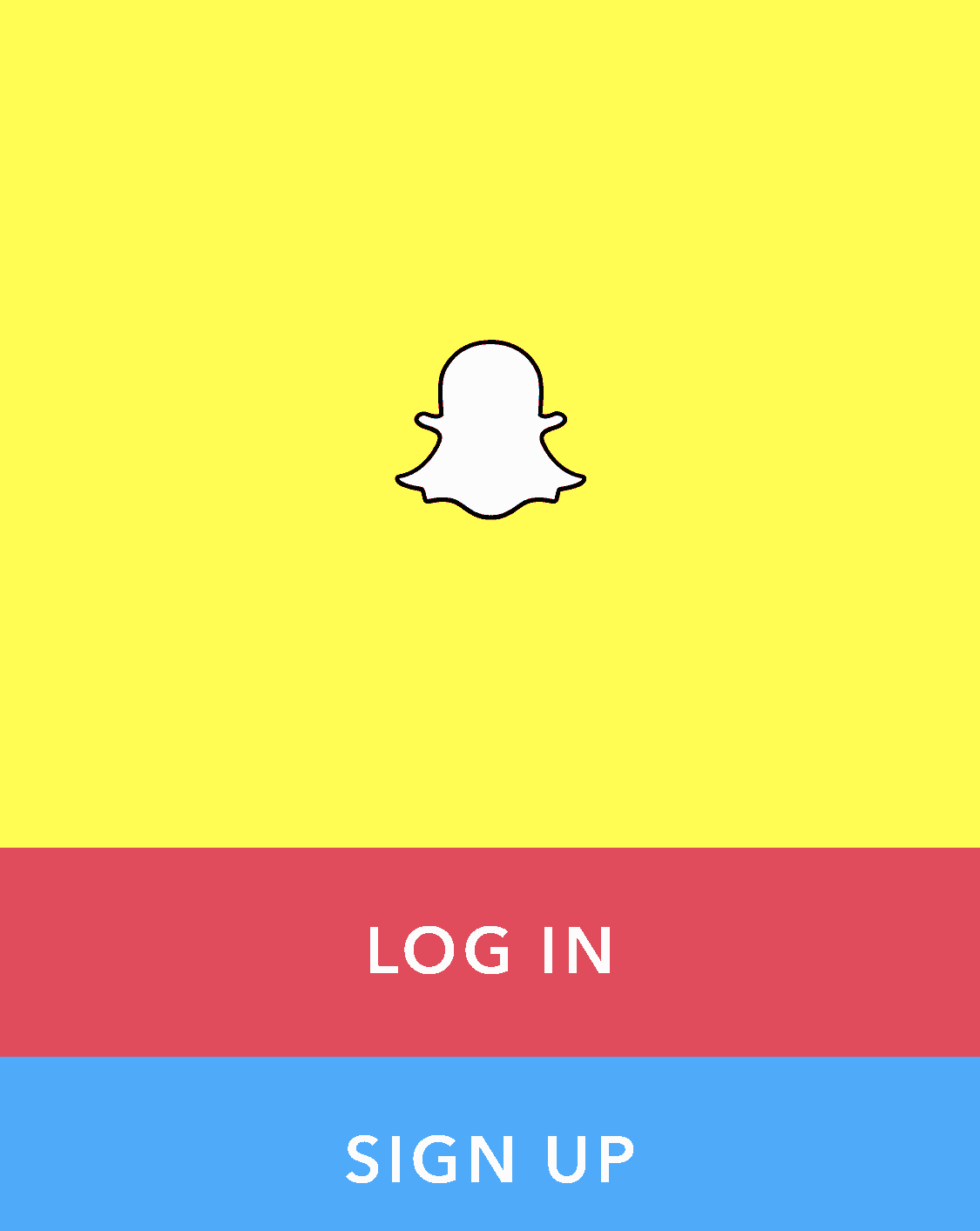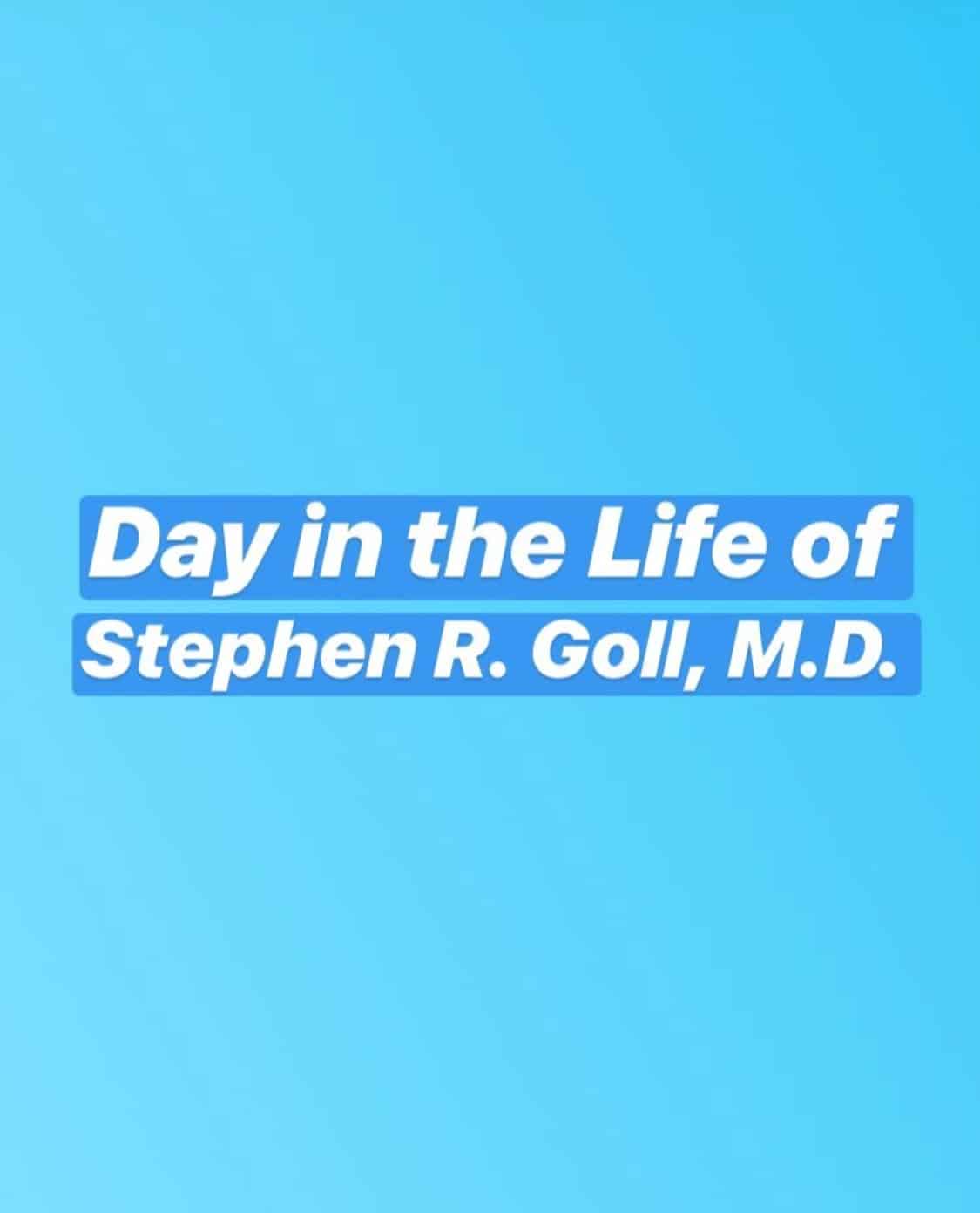 One of the things we sometimes hear from our medical practice clients is ‘should we be on Snapchat?’ Or would your limited and highly-valuable time be better used somewhere else?
One of the things we sometimes hear from our medical practice clients is ‘should we be on Snapchat?’ Or would your limited and highly-valuable time be better used somewhere else?
Snapchat has the potential for reaching the younger audiences and in some cases (as we’ll describe below), medical practices and hospitals are creatively using the platform to help educate patients and market themselves.
However, the majority of decision-makers do not use the application regularly (if at all); therefore, we feel that, on the whole, it’s not yet worth pulling your attention away from other more useful social media platforms. But make no mistake about it, the decision-makers of the future will be on Snapchat sooner rather than later, so becoming at least familiar with the app and starting to build a following may benefit your practice down the road.
Below we’ll break down what Snapchat is, why it matters, which medical practices are using it effectively, and what to look for down the road.
What Is Snapchat?
“Snapchat isn’t about capturing the traditional Kodak moment. It’s about communicating with the full range of human emotion — not just what appears to be pretty or perfect.”
– Snapchat CEO and co-founder Evan Spiegel’s first post on Snap Inc. in 2012.
Snapchat began as the brainchild of three Stanford University students in 2011. The application was released in the App Store from the living room of co-founder Evan Spiegel’s father’s house in July of that same year.
At its core, Snapchat was introduced as the ephemeral or disappearing messaging app. And during its short lifespan, the multimedia platform has already had a significant impact on social media and content marketing.
 On Snapchat, pictures and messages are only accessible for a short time before they disappear (about 24 hours). The app’s popularity stems from its relaxed, fun, and yes, goofy style. “Snapchatters” love the platform’s focus on mobile usability and the avant-garde and innovative ways it has allowed them to engage with augmented reality (AR):
On Snapchat, pictures and messages are only accessible for a short time before they disappear (about 24 hours). The app’s popularity stems from its relaxed, fun, and yes, goofy style. “Snapchatters” love the platform’s focus on mobile usability and the avant-garde and innovative ways it has allowed them to engage with augmented reality (AR):
- At a basic level, Snapchat offers filters that enable users to experiment with their appearances, by distorting their faces with special effects like rabbit ears, star-studded eyes, and even stretching out one’s features. The filters have become so popular that users can now create their own.
- With Snappables, users can share lenses and play games with each other in AR, such as having smooch target practice and eyebrow weight-lifting competitions (in AR, there is no risk of throwing out your back).
- When it launched 3D Bitmoji, Snapchat gave users the ability to project Bitmojis of themselves onto the real world and create their own selfie-animated videos.
Bottom line: kids, teens, and young adults have fallen in love with Snapchat, and it’s only a matter of time before older generations hop on board.
Why It Matters
 Snapchat is the new darling of the digital marketing world. For penetrating the virtual worlds of millennials and Gen Zers, there is perhaps no better app. Consider this: 35% of Facebook users upload photos daily. That percentage shoots up to 65% on Snapchat. Snapchat users are engaged with the platform on a scale not seen anywhere else. They view the platform as an extension of their own personal brand and not merely a place to receive information passively.
Snapchat is the new darling of the digital marketing world. For penetrating the virtual worlds of millennials and Gen Zers, there is perhaps no better app. Consider this: 35% of Facebook users upload photos daily. That percentage shoots up to 65% on Snapchat. Snapchat users are engaged with the platform on a scale not seen anywhere else. They view the platform as an extension of their own personal brand and not merely a place to receive information passively.
Snapchatters use brands as part of forming their online identities. Companies know that people who interact with their brand will be a lot more likely to share and boast about their posts, offers, and services. The level of emotional connection between users, products, and services on the platform means that users promote and buy much more than passive users browsing the latest trend or news facts.
Here are some other eye-catching Snapchat stats (don’t say that three times fast):
- Snapchat has 191 million daily active users and about 26 million users in the United States
- 77% of college students use Snapchat daily
- 71% of Snapchat users are under 34 years old
- Roughly 70% of Snapchat users are female
- 30% of millennials in the U.S. use Snapchat regularly
Snapchat offers early adopters the luxury of operating on a much less crowded playing field allowing them to stand out and attract the attention of those all-too-precious eyeballs.
If You Can’t Beat ‘Em, Join ‘Em
 Snapchat was seen as such a large threat in its early days that Facebook offered to purchase it for $3 billion back in 2013 only to have the offer rejected by Snapchat CEO Evan Spiegel. Not only that, but Google reportedly offered to buy Snapchat in 2016 for a whopping $30 billion…that’s a lot of Snaps!
Snapchat was seen as such a large threat in its early days that Facebook offered to purchase it for $3 billion back in 2013 only to have the offer rejected by Snapchat CEO Evan Spiegel. Not only that, but Google reportedly offered to buy Snapchat in 2016 for a whopping $30 billion…that’s a lot of Snaps!
The company’s bottom line took a hit in 2017 as both Facebook and Facebook-owned Instagram stepped into the arena to take on Snapchat head-to-head. Both Facebook Stories and IGTV added tools and services similar to Snapchat cutting into their market share. However, since then Snapchat has seemed to bounce back as it fixed software bugs and streamlined its advertising process. Snapchats loyal and growing following has been a difficult pillar even for Facebook to shake.
What this means for your practice is if you happen to be all-in on Facebook and want to try reaching younger demographics, you now have the opportunity to try using some of Facebook’s tools first before making the plunge into Snapchat.
Who in Health Care Is Doing Snapchat Right?
The decision to invest time into Snapchat will be an individual one for every practice depending on their subspecialty, patient clientele, and their willingness to embrace new technology. Certain specialties, especially those with a younger female demographic, have shown more Snapchat-readiness than others including:
- Sports medicine
- Plastic surgery
- OB/GYN
- Maternity or infertility
- Orthodontics
Plastic Surgery
Snapchat has proven to be a good fit for medical practices who want to tell a story and educate their audience at the same time. One real-world example of this is in plastic surgery. Plastic surgeons are using Snapchat as educational tools about the surgeries themselves (the content of which can be graphic at times). Unlike Instagram, which has a reputation for blocking explicit content, Snapchat users have access to raw surgical content, and they are eating it up.
Snapchat also allows medical spas and plastic surgeons to post before and after pictures (with patient consent, of course), giving those physicians another avenue to connect with current and prospective patients.
Ideas for Snapchat content
 To give you a few examples of how health care professionals and hospitals are getting creative with Snapchat to reach out to their patients, we’ve outlined some of the most successful ways below.
To give you a few examples of how health care professionals and hospitals are getting creative with Snapchat to reach out to their patients, we’ve outlined some of the most successful ways below.
- Introducing a new doctor
- Creating awareness for specific diseases such as posting images and video during Breast Cancer Awareness month
- Walking your patients through a new procedure
- Portraying ‘a day in the life’ of a particular doctor, nurse, surgeon, or hospital cleaning crew
- Posting heartwarming content on certain holidays such as highlighting your hospital’s mothers around Mother’s Day, or celebrating a practice’s charitable work around Christmas
- Promoting fundraising events such as setting up a photo station at your next gala or fundraiser and inviting attendees to Snapchat selfies and capture hilarious moments
- Celebrating an office party or practice milestone
HIPAA Still Matters
Don’t let the temporary nature of Snapchat content fool you. You still need patient consent and to fill out HIPAA-compliance forms for anything remotely related to a patient’s file. And remember, when in doubt, always err on the side of caution. In addition to patient consent, patients should have the right to change their mind and remove any content posted about them online.
In fact, word on the street is that the American Society of Plastic Surgeons will soon be coming out with new ethical guidelines including how surgeons should conduct themselves in the operating room when using social media to broadcast live.
At the end of the day, Snapchat may not be the ideal venue for investing your time right now, especially if you cater to a mid-life or older demographic. However, it won’t be long before healthcare decision-makers come of age forcing your practice to keep up with the times or get swallowed in the dust.
We’ll keep you posted.